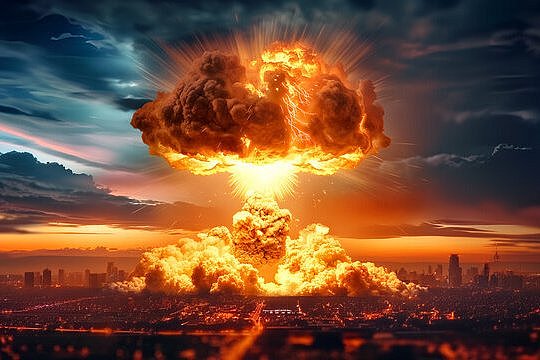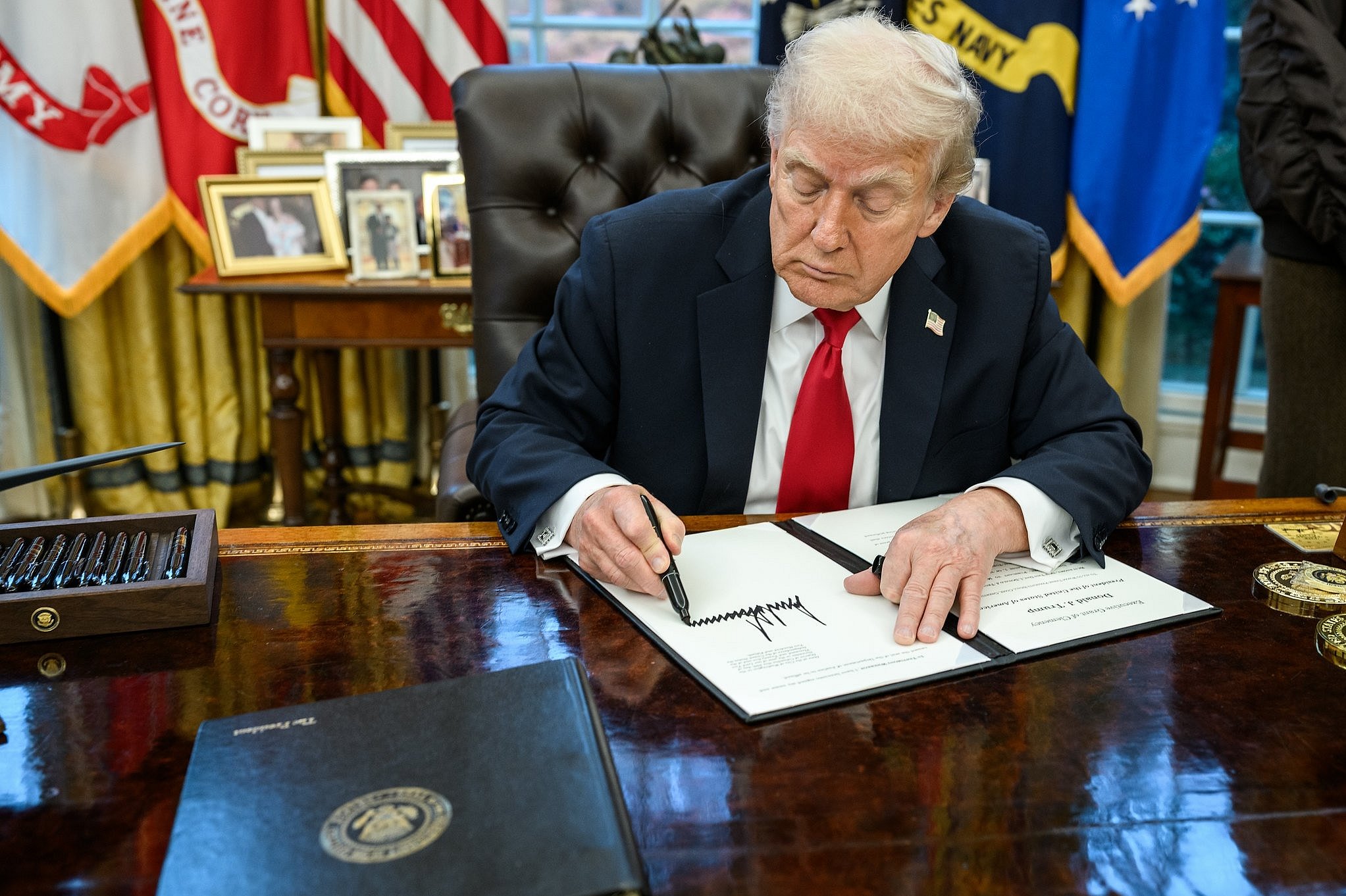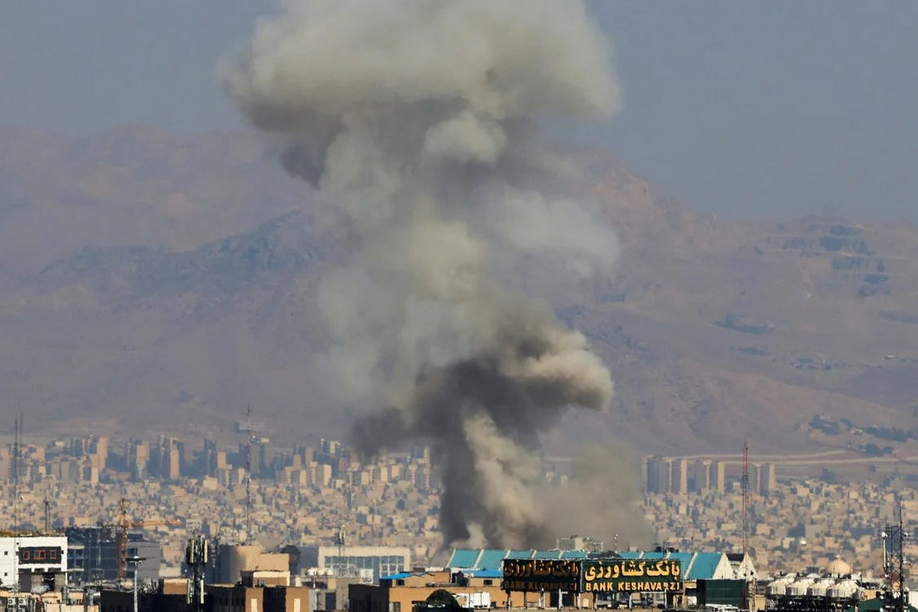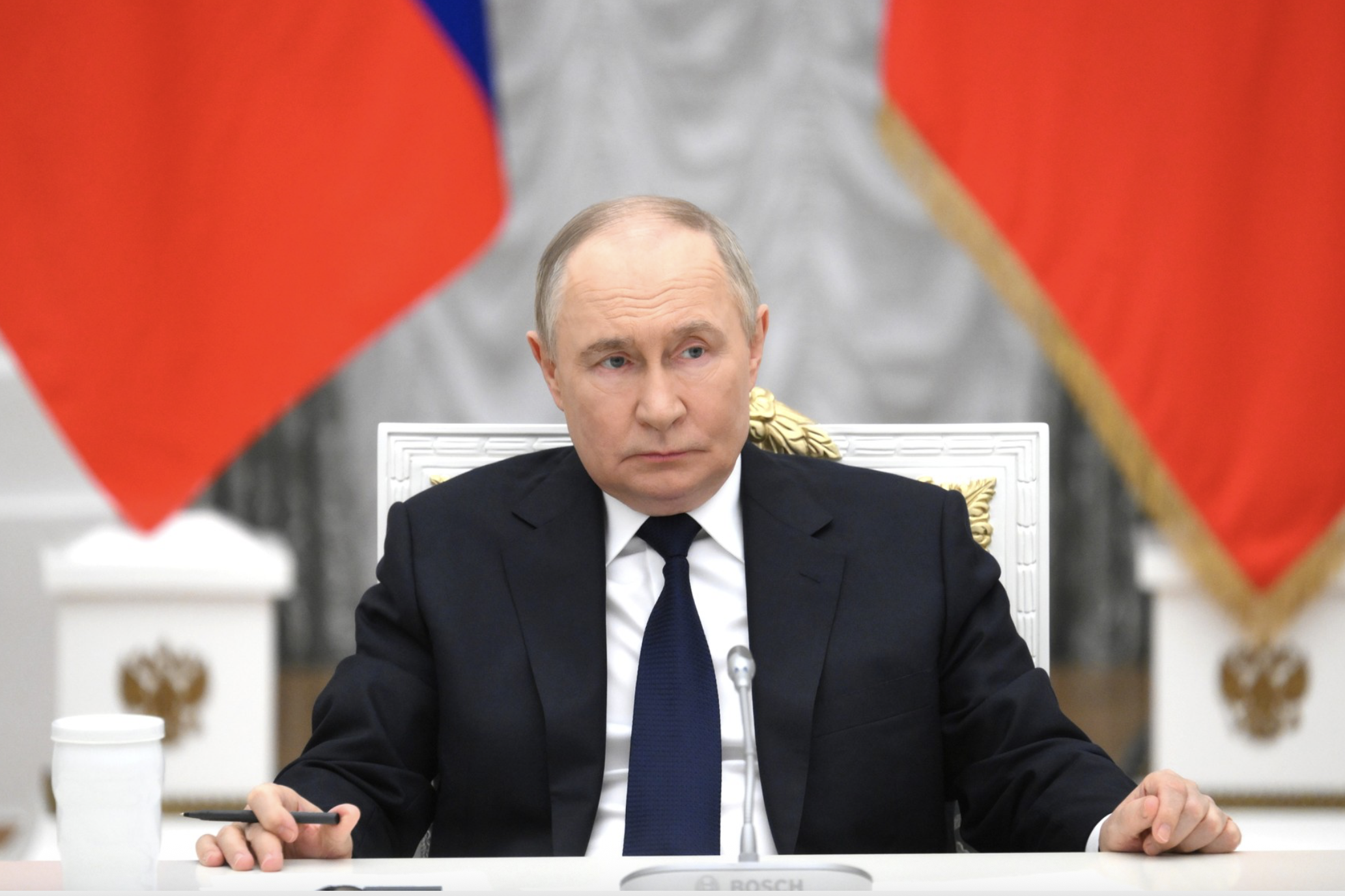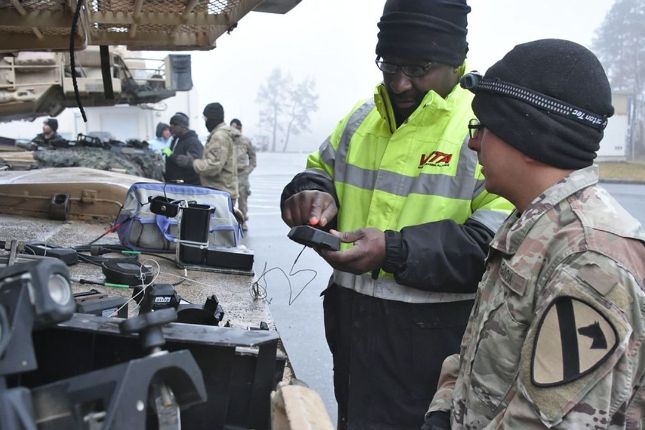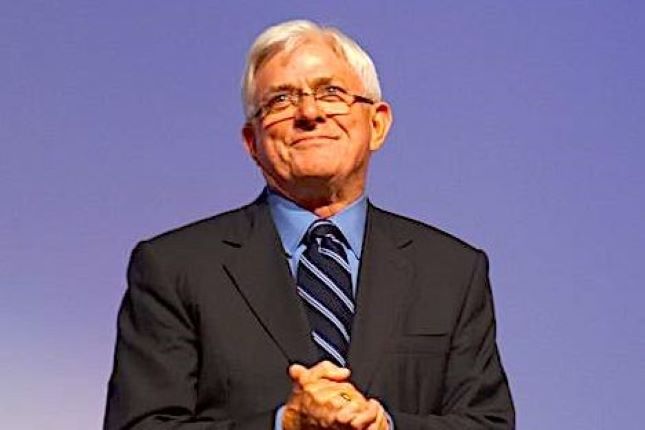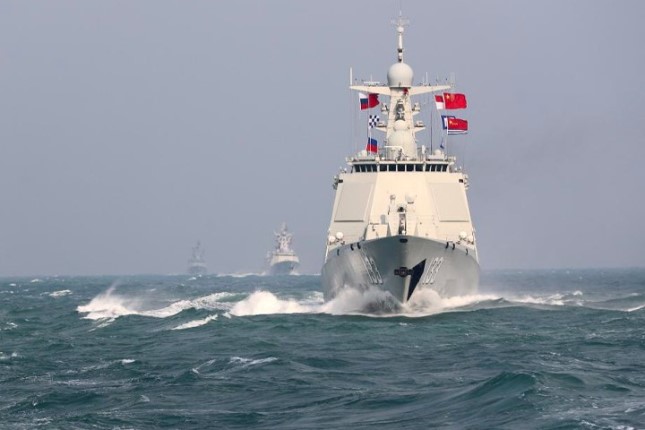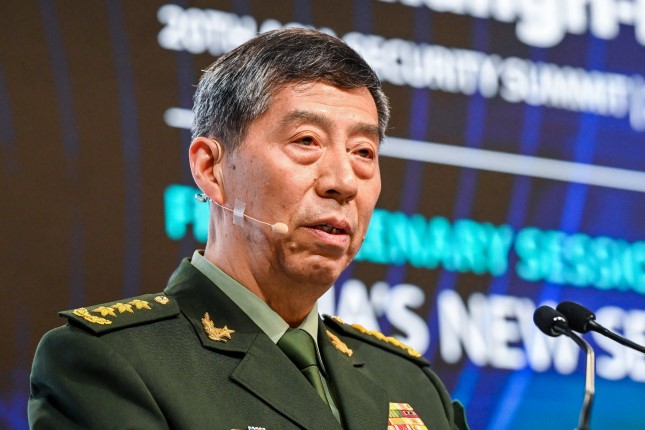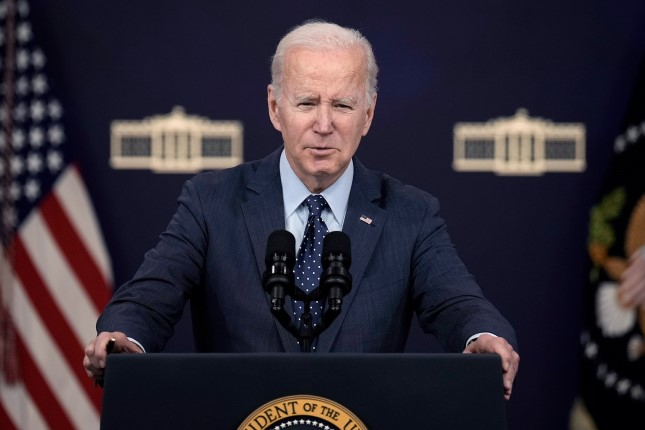A Washington Post headline last week was a bombshell for someone who has only been reading about the Ukraine war in The Washington Post and other Western media: “U.S. doubts Ukraine counteroffensive will yield big gains, leaked document says.”
The story admits that Western media audiences have been misled about the course of the war, that essentially what mainstream media has been reporting about Ukraine has been a pack of lies: namely that Ukraine is winning the war and is poised to launch an offensive that will lead to a final victory.
Instead, the second paragraph of the piece makes clear the leaked documents show the long-planned Ukrainian offensive will fail miserably — “a marked departure from the Biden administration’s public statements about the vitality of Ukraine’s military.”
In other words, U.S. officials have been lying about the state of the war to the public and to reporters who have faithfully reported their every word without a hint of skepticism.
The Post said, as if it’s a bad thing, that the leaks will likely “embolden critics who feel the United States and NATO should do more to push for a negotiated settlement to the conflict.”
That has begun to happen. Writing in the uber-Establishment Foreign Affairs, former State Department official Richard Haass and Charles Kupchan, a senior fellow at the Council on Foreign Relations, write that “it is difficult to feel sanguine about where the war is headed.”
In “The West Needs a New Strategy in Ukraine: A Plan for Getting From the Battlefield to the Negotiating Table,” they say: “The best path forward is a sequenced two-pronged strategy aimed at first bolstering Ukraine’s military capability and then, when the fighting season winds down late this year, ushering Moscow and Kyiv from the battlefield to the negotiating table.”
The article does not mention the leaks, though it was published after the disclosures made clear that the Ukrainian offensive, intended to break through Russia’s land bridge to Crimea, would fail.
Filled with the usual talk about Ukraine having better “operational skill” than Russia, and that the war will end in a “stalemate,” the piece represents an emerging strategy in the West: namely that before negotiating, Ukraine needs to launch its offensive to gain back some territory, “imposing heavy losses on Russia, foreclosing Moscow’s military options, and increasing its willingness to contemplate a diplomatic settlement.”
But that is a tall order. Moscow would be unlikely to negotiate at the end of the Ukrainian offensive, particularly as the article admits the “Russian military’s numerical superiority” and that Ukraine is “facing growing constraints on both its own manpower and help from abroad.”
Moscow was ready to cut a deal with Kiev one month after Russia’s intervention but the West, with its strategy of lengthening the war to weaken Russia, quashed it. Why would Moscow accept a deal now when Ukraine is at its weakest and Russia is poised to make significant gains on the battlefield?
The Foreign Affairs piece admits, “This diplomatic gambit may well fail. Even if Russia and Ukraine continue to take significant losses, one or both of them may prefer to keep fighting.”
“Come the end of this fighting season,” the article says, “the United States and Europe will also have good reason to abandon their stated policy of supporting Ukraine for ‘as long as it takes,’ as U.S. President Joe Biden has put it.”
And what comes next? “NATO allies would start a strategic dialogue with Russia on arms control and the broader European security architecture.”
Incredibly this is what Russia was asking for before its February 2022 intervention and it was rebuffed by NATO and the U.S. Now a Foreign Affairs article is recommending it.
Is there no better sign that Ukraine has lost this war?
Going Ahead With the Offensive Anyway
The strategy of Ukraine going ahead with an offensive it knows will achieve little is Kiev’s last gasp — unless delusional neocons continue to outmaneuver the realists in Washington.
Most importantly for the West, the failure of this last-gasp attempt would serve as a way for it to escape the disaster it has created for itself: namely, the backfiring of the economic war on Russia; the failure of the information war in the non-West and ultimately defeat on the battlefield in its proxy war.
Already in February, French President Emmanuel Macron, who is also pushing this strategy, and German Chancellor Olaf Scholz, told Ukrainian President Volodymyr Zelenksy that the game was up. This news was brought to us by the establishment Wall Street Journal.
And then ten days later U.S. intelligence provided a story to The New York Times that a pro-Ukraine “group,” and possibly the Ukrainian government itself, was behind the destruction of the Nord Stream pipelines, a way of distancing the U.S. from Kiev as the exit ramp looms into sight.
Why Did the MSM Publish the Leaks?
Why did the Times, the Post and other establishment outlets publish stories about these leaks if they severely undermined their own credibility? There are three possibilities.
The first is simply competition. The Times or the Post may have gotten word that their rival had their hands on the leaks and did not want to be beat. There is almost nothing worse for an editor or reporter (in the petty world of journalism) then having to “match” a competitors’ story.
The second reason has to do with keeping up appearances. These leaks were eventually to come out somewhere and may not have been easily ignored. What would it have looked like if the big papers didn’t have it first?
More importantly, corporate journalism needs to keep up the pretense that it is actually doing journalism, i.e. that it will publish material from time to time that makes their governments look bad, and in this case, even themselves. They have to convince the public that they haven’t entirely given up on adversarial journalism if they are to survive.
It was the same when corporate outlets partnered with WikiLeaks in 2010 to publish leaks that exposed U.S. war crimes. But eventually the media turned on Assange and WikiLeaks, and fell into line with the state.
Why the Media Went After the Leaker
And that it is indeed what has happened here. After splashy stories about the leaks, the Times and the Post, teaming with Western intelligence-backed Bellingcat, turned their attention to finding the leaker, in what Elizabeth Vos in an article today on Consortium News argues makes corporate media the anti-WikiLeaks.
Rather than protecting the source of leaks, vital to the public, they hunted down the alleged leaker, 21-year old Air National Guardsman Jack Texiera, who was arrested by military-clad F.B.I. agents outside his Massachusetts home.
So what is the third reason why the major media published the leaks?
Very likely for the same reason they published the stories about Macron and Scholz telling Zelensky he’s lost the war, and that the Ukrainian government may have been responsible for the Nord Stream sabotage: to lay the ground work for the U.S. and its allies to pull the plug on their Ukrainian adventure by finally admitting Ukraine is losing.
Towards that end, there is speculation that Texiera did not act alone with the motive of impressing his teenage followers on the Discord chat forum, as the press has reported.
Former C.I.A. analyst Larry Johnson believes Texiera was set up, possibly by a senior officer. Johnson thinks this because among the documents Texiera allegedly leaked was one from the Central Intelligence Agency Operations Center, where Johnson used to work.
“CIA Operations Center produces two daily reports — one in the morning and one in the afternoon. It is not a ‘Community’ product, i.e., it is not distributed to the other intelligence agencies. It is an internal CIA document (of course, it is available to the Director of National Intelligence), ” Johnson wrote on his website Son of the New American Revolution.
Texiera was not in the C.I.A. so there is no way he’d have access to an Operations Center document, Johnson wrote. So how did he get his hands on it?
The implication is that Texiera may have been a patsy for someone within the realist wing of the U.S. military or intelligence establishment who opposes the neocons’ obsession with continuing the war at all costs.
The neocons are not going down without a fight. John Bolton, the former U.S. national security advisor and chief neocon, wrote a desperate piece in The Wall Street Journal last week, titled, “A New American Grand Strategy to Counter Russia and China.”
Bolton gets it that the world is changing, and not in America’s favor. So his response is not to reverse failed U.S. policy, for the U.S. to become part of the rest of the world rather than trying to dominate it, but to double down like a riverboat gambler. His solution: raise military spending to Reagan-era levels; resume underground nuclear bomb testing and taking “the North Atlantic Treaty Organization global, inviting Japan, Australia, Israel and others committed to NATO defense-spending targets to join.”
Bolton laughingly says the U.S. must “exclude” Moscow and Beijing from the Middle East, where both capitals are orchestrating the most dramatic diplomatic transformation in decades.
But Boltons saves his best laugh for Ukraine: “After Ukraine wins its war with Russia, we must aim to split the Russia-China axis. Moscow’s defeat could unseat Mr. Putin’s regime. What comes next is a government of unknowable composition. New Russian leaders may or may not look to the West rather than Beijing, and might be so weak that the Russian Federation’s fragmentation, especially east of the Urals, isn’t inconceivable.”
Even if the ludicrous Bolton is dismissed, there’s still a major obstacle in the realists’ way: Biden’s re-election campaign. He says he’s going to announce soon. He’s already thrown his lot in with the neocons.
Is there any conceivable way that he could accept Ukraine losing this war, after all the blue and yellow flag-waving, without also losing the election?
The Biden team’s aim was to bleed Russia. But it is Ukraine that is hemorrhaging. Will reality at last overcome delusion in Washington?
Photo: Aerial view of the Washington battleground © Mario Roberto Durán Ortiz / Wikimedia Commons.
Source: Consortium News.

















